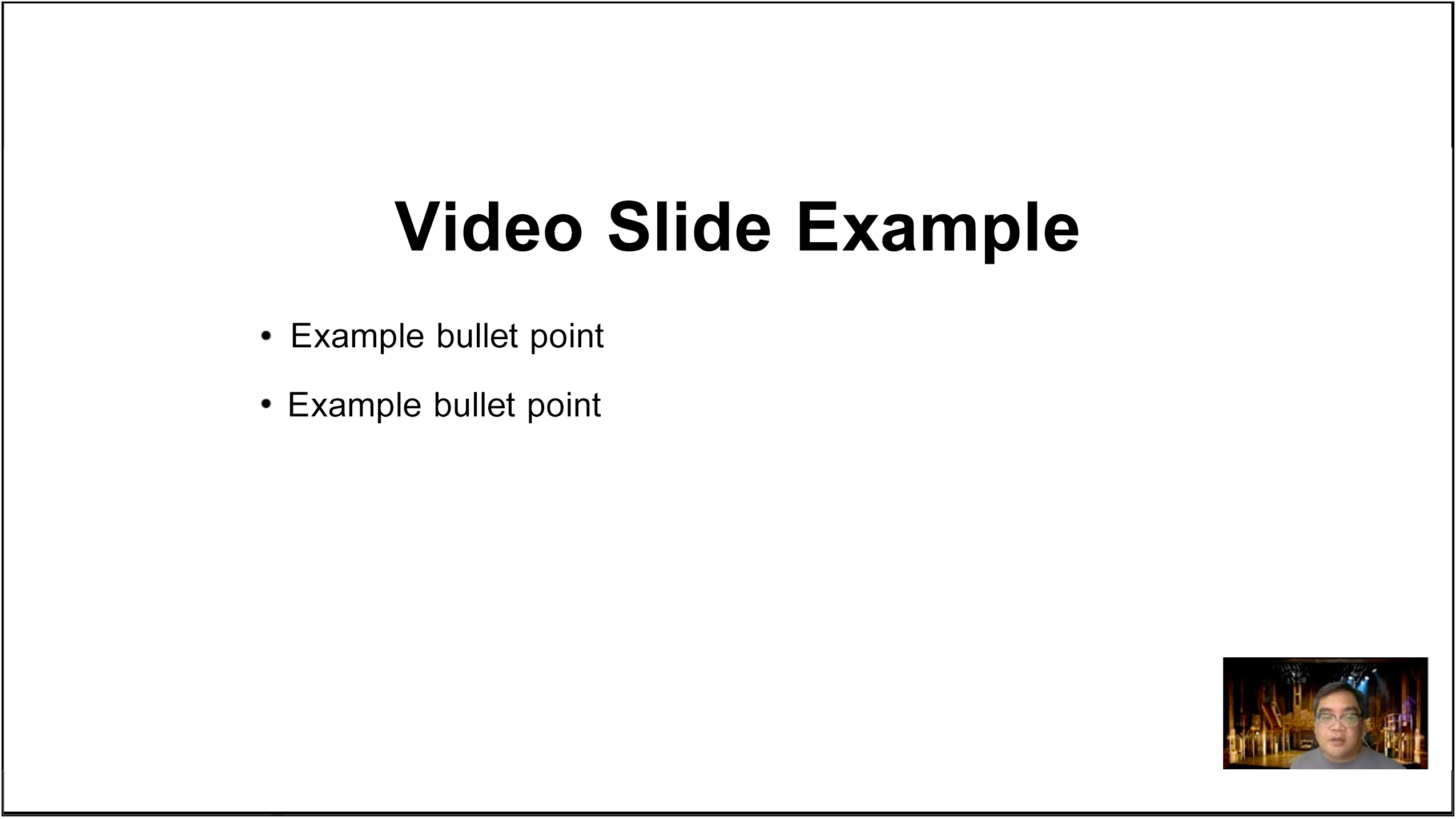These instructions are for presenters at the 14th USENIX Symposium on Operating Systems Design and Implementation (OSDI '20). If you wish to submit a paper or deliver a talk at another upcoming USENIX event, please review the open Calls for Papers and Calls for Participation for our upcoming USENIX conferences.
Contact
If you have questions, please contact the OSDI '20 Program Co-Chairs, Jon Howell and Shan Lu, or the USENIX Production team.
Instructions for Authors of Refereed Papers
- Coordinate with your paper shepherd. All papers have an assigned shepherd who will review your paper before the final submission. Please coordinate with your shepherd so they have time for the review, and so you have time to respond to their requests. The shepherd is listed in the submissions system. If you are unsure who your shepherd is, please contact osdi20chairs@usenix.org.
- Final papers deadline. A PDF of your final paper is due via the submissions system by Thursday, October 15, 2020. This is a hard deadline. No extensions will be granted. If you have questions about the requirements shown below, contact the Production Department.
- Maximum page length. Final papers should be no longer than 14 pages, including figures and tables, plus as many pages as needed for references.
- Paper format. Papers should be typeset in two-column format using 10-point type on 12-point (single-spaced) leading, in a text block 7" wide x 9" deep, formatted for 8.5" x 11" paper.
- Embed all fonts in your final paper PDF.
- Make searchable your final paper PDF.
- Looking for templates? Templates and sample first pages (two-column format) for Microsoft Word and LaTeX are available on the USENIX templates page.
- Artifact appendix. Authors who pass artifact evaluation are encouraged to add an Artifact Appendix of up to two pages to their paper. The goal of the appendix is to describe and document the artifact in a standard format. Download the template for the appendix.
- Certify your final paper's title, author, and abstract in HotCRP. The final PDF's title and author information, including author order and affiliation, and the abstract, must exactly match the information entered into the HotCRP submission system. Please update the information in HotCRP as necessary, then check the certification checkbox. Please note: if you make any changes after you check the certification checkbox, you will need to check the box again.
- Sign the consent to publish form. Each author must sign a consent to publish form, which allows USENIX to publish the paper as well as any slides, audio, and/or video of your presentation. USENIX makes these freely available as part of our commitment to open access. Please review and e-sign the form. If you are the lead author, please be sure all of your co-authors sign a form.
- Use of images, audio, and video in your materials. It is very important that you secure permission to use copyright-protected materials in your slide deck, paper, presentation video, or any other materials used at our event or submitted for publication. Even when using an item with a Creative Commons license, you must read and comply with the terms of the license.
USENIX receives copyright infringement notices from time to time, resulting from authors or speakers using copyright-protected materials without proper licensing or attribution. When this happens, we have to unpublish the work in question until/unless the issue is resolved. Licensing fees may be incurred, even when the work is unpublished, and USENIX will bill the author or speaker for any costs incurred. When possible, USENIX will refer the complainant directly to the author or speaker, who will be solely responsible for resolving the complaint. - Embargo requests. All papers will be available online only to registered attendees before the symposium. If your accepted paper should not be published prior to the event, please notify the Production Department. The papers will be made available online to the public beginning on the first day of the symposium.
- Prepare and submit your presentation videos and slides. For our virtual events, authors are required to record videos of their presentations and prepare their slide decks in advance. Videos and slide decks are due by Thursday, October 22, 2020 via the submissions system.
Slides Specifications
- Aspect ratio: 16:9 aspect ratio preferred
- Format: PDF
- Required slides: (1) Introduction slide at the beginning of your presentation that clearly lists the name of your paper and the authors and identifies the presenting author in the video; (2) closing slide to thank your audience and/or collaborators and list your contact information should you wish to receive follow-up questions from attendees
Video Specifications
- Authors must record and submit two videos: 1) a shorter video (10–12 minutes) and 2) a longer video (18–20 minutes). The shorter video will be played live for you by the USENIX staff during the event during your paper's designated time slot. A live question-and-answer (Q&A) session will follow. The longer video will be posted on the USENIX website before the event start date to allow participants to view the material and start discussing the paper in a designated Slack channel. (Slack and channel information will be provided after registration and before the event occurs).
- File format: H.264 MP4
- Resolution: 1080p
- Aspect ratio: 16:9
- Maximum file size: 500MB
- Clear audio: Headphones and headsets are permitted.
- File name: Before submitting your videos, please rename them using the following naming convention ([lastname] is the last name of the primary author of the paper):
- osdi20_video_long_[lastname].mp4
- osdi20_video_short_[lastname].mp4
- Video format: Picture-in-picture, featuring fullscreen slides and a speaker inset, as shown below:

Please ensure that your speaker inset does not cover any pertinent information on your slides. - Need help preparing your video? Review tips and instructions for preparing your videos via the USENIX Virtual Conferencing Video Instructions for step-by-step instructions